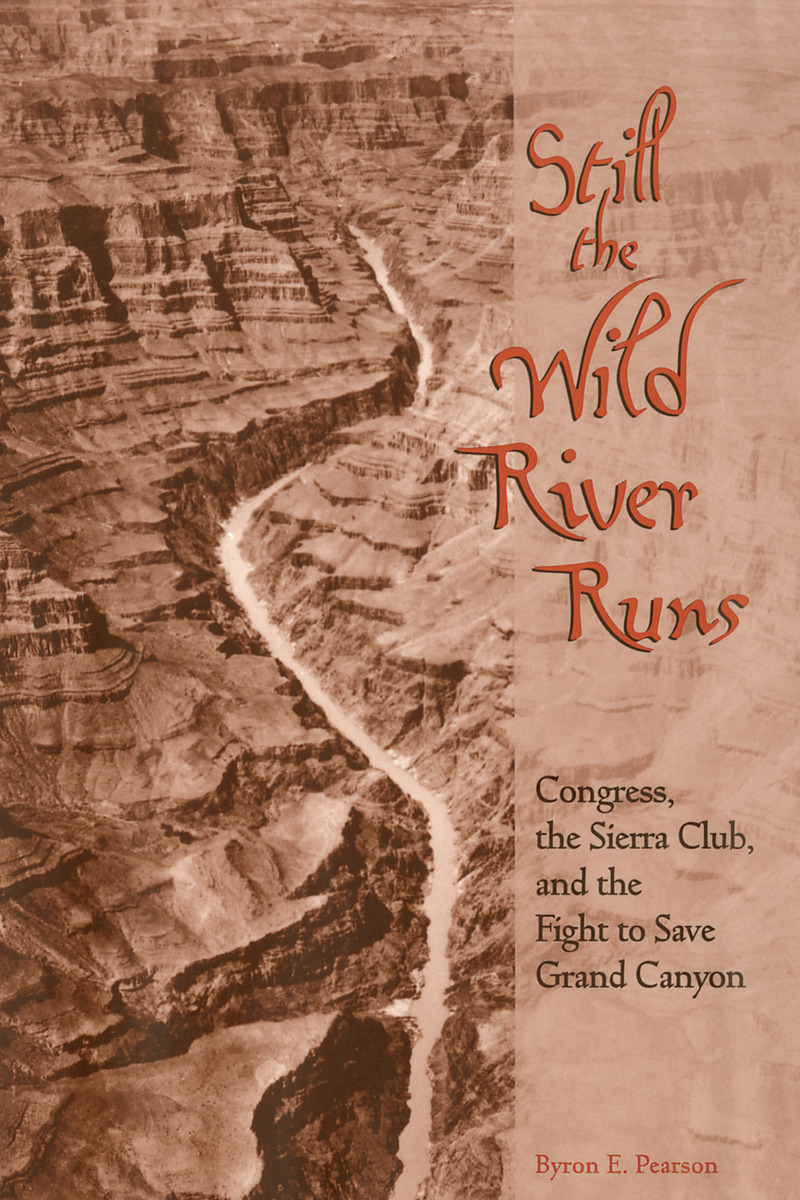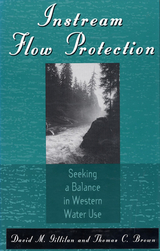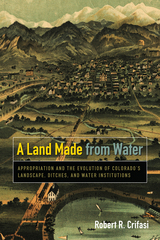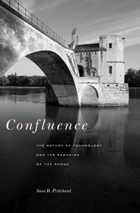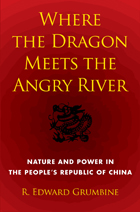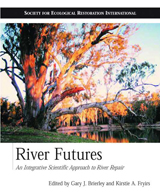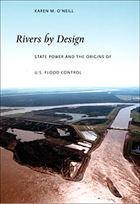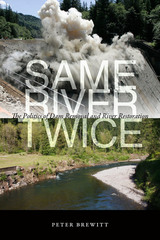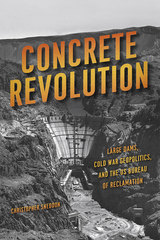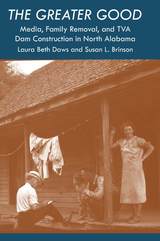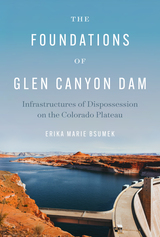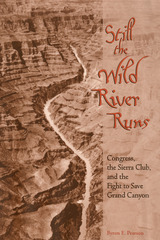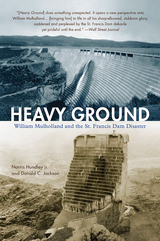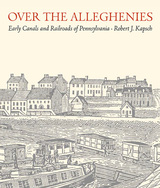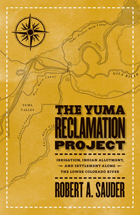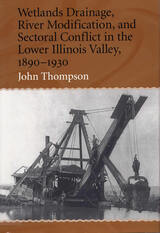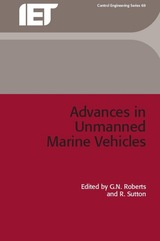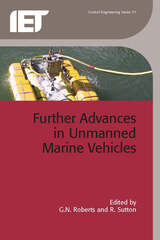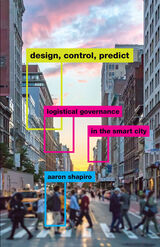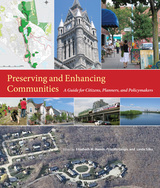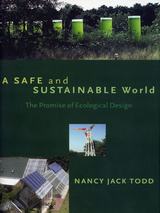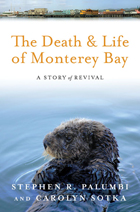Still the Wild River Runs: Congress, the Sierra Club, and the Fight to Save Grand Canyon
University of Arizona Press, 2002
Cloth: 978-0-8165-2058-9
Library of Congress Classification TC557.A62G737 2002
Dewey Decimal Classification 333.91620979132
Cloth: 978-0-8165-2058-9
Library of Congress Classification TC557.A62G737 2002
Dewey Decimal Classification 333.91620979132
ABOUT THIS BOOK | AUTHOR BIOGRAPHY | REVIEWS | TOC
ABOUT THIS BOOK
Between 1963 and 1968, environmentalists were outraged when western water interests sought to construct two dams in Grand Canyon as part of the Central Arizona Project. The Sierra Club led a national campaign opposed to the project, which most environmental historians credit with defeating the dams. In the wake of its victory, the Sierra Club has been lauded as the savior of Grand Canyon. Byron Pearson now takes a closer look at history to show that the Sierra Club's ability to mobilize public opinion did not appreciably influence Congress, where the issue was actually decided. When Arizona congressman Stewart Udall became Interior Secretary in 1960, he promoted a plan to import water from the Pacific Northwest to California in order to placate that state's opposition to the CAP with its proposed dams. When this support dissolved in the face of resistance from Washington senator Henry Jackson, who chaired the Senate Interior Committee, the pragmatic Udall sought passage of a bare-bones CAP bill without the dams before he and Arizona senator Carl Hayden retired. Despite this congressional deal-making, the Sierra Club received credit for blocking the dams and was propelled to the undisputed leadership of the environmental movement. Using the myth that it had saved the Canyon, the club transformed its image of power into real political influence after Congress passed the National Environmental Policy Act in 1970, giving environmental advocates access to the policy-making process for the first time. In revealing how the Sierra Club played a much lesser role in blocking the dams than they would have had the public believe, Pearson contrasts the ways in which the controversy unfolded in the court of public opinion versus the actual political process. He takes readers into congressional chambers and conference rooms, reconstructing the legislative process to convey the full flavor of this political give-and-take. Based on research in archives from all over the country, Still the Wild River Runs will itself be a subject of controversy as it challenges long-standing notions about the power of environmental lobbies. By putting this chain of historical events in clearer perspective, it can give citizens concerned with future causes a better understanding of the political process and what really moves it.
See other books on: Congress | Dams | Environmental policy | Fight | Grand Canyon
See other titles from University of Arizona Press
